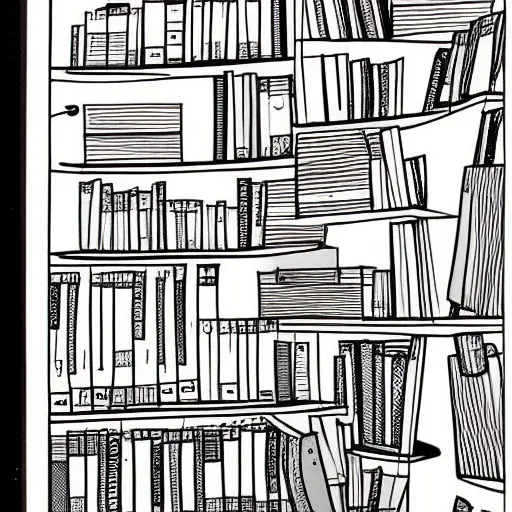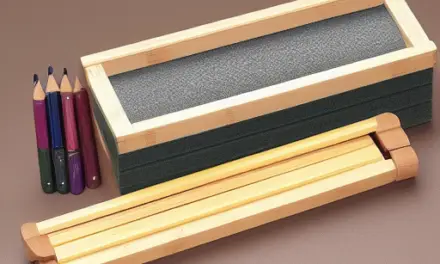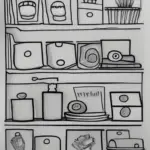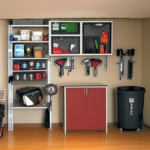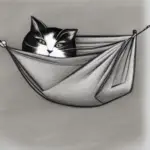Here are some ideas for organizing small offices. Floating shelves and stations, color-coded files, pegboards, and stationery stations are just a few of them. Using these methods, you can have an organized workspace without sacrificing too much space. By organizing your small office, you will be able to free up space and avoid feeling cramped and overwhelmed.
Floating shelves
If you’re looking for an additional storage space for your office, floating shelves can be a great solution. They can add a functional element while maintaining a clean look. While they may not be the best option for every office, they can enhance the design of any workspace. You’ll need to take some steps to install floating shelves properly, including purchasing the proper materials and measuring the space. You’ll also need to determine how heavy each shelf will be and where you’d like to place it.
A simple way to add visual appeal to your office is to place a vase of fresh flowers on the shelves. The flowers will add a pop of color to your workspace. You can also buy a small pot of live succulents, which will look great and require little maintenance. You can also add a small desk lamp for a well-lit workspace.
Another tip for styling your floating shelves is to place them in an asymmetrical arrangement. For example, you can place three shelves in a row horizontally, with the middle shelf placed above or below the others. Floating shelves are best installed straight, but asymmetrical arrangements can add visual interest and make your office look smaller. If you’re unsure about the placement of your shelves, you can style them using a certain color family, theme, or scale. For example, if you’d like your shelves to display photos, you can place them in an asymmetrical arrangement using pictures from your travels, or use them to display beautiful art pieces.
Floating shelves can help you achieve your storage goals. They’re a stylish and functional way to make the most of the available wall space. They can also act as a desk for computer-based activities. When you’re not using them, they can serve as extra storage space. Floating shelves can also be used for creative purposes, adding a playful element to the space.
Stationery station
Organizing stationery is a simple way to save space. Instead of using the entire shelf, separate your items by category and place them in different piles. Also, you can use a pegboard to arrange everything. It looks modern and is easy to paint and change. Alternatively, you can purchase large plastic storage bins and use them to store the stationery.
Color-coded files
One of the best ways to keep track of files is to create color-coded files. These color-coded files allow you to overlay extra information on each file, which speeds up file retrieval. Color-coded files are also a great choice for date filing. If you’re not sure where to start, check out the following tips for organizing your files. Here are some examples: 1. Identify the purpose of each color-coded file.
Color-coded files are a great way to organize your office and save time. They make file retrieval easier and make it easier for your staff to find the correct file. The process also reduces the risk of misplaced files and boosts staff productivity. It’s a win-win situation for everyone.
Another effective method for storing documents is to use color-coded heavy-duty portfolios or poly envelopes. These durable containers will protect documents and make them easier to find. In addition to this, these protective containers will also help your documents stay safe in transit. The distinct colors will help you identify each material easily.
Color-coding your files will also help you avoid misplaced files. By using color to label your files, you can be more efficient and keep your office looking nice. People generally recognize color better than text. In addition, you can use color-coded folders to categorize like items. You can also use colored hanging folders to indicate the status of a project.
Another way to keep track of your files is to organize them by task. For instance, a project manager might organize outgoing and incoming mail into different colors.
Adding a pegboard
Pegboards are a great way to create vertical storage in a small space. They add a unique design element to your work area without taking up valuable real estate, and they’re particularly attractive in home offices. They’re also a simple, inexpensive way to organize your workstation. They make it easy to store almost anything, and they keep your desktop clutter-free.
Pegboards also make it easy to organize office supplies. Pegboard jars, for example, keep small office supplies neat and accessible. These jars are clear so you can easily see what’s in them. Pegboard rings can also be used to hang smaller things, such as headphones and glasses.
Pegboards can also be used to organize sewing supplies. They can serve as display areas for craft supplies and other accessories. A pegboard can be hung on a wall as an art piece. Another great place to add a pegboard is a craft room. You can use it to display your crafts or even hang up your children’s artwork.
Pegboards that don’t have adhesive spacers should be hung on studs or furring strips, which provide additional support. It’s important to measure the distance between the pegboard and the wall before hanging it. This step is particularly important if you plan on using furring strips.
Pegboards can also be used in small bathrooms. Traditionally, pegboards were installed on mirrors and cabinets, but now they can be used for storage purposes. Pegboards can be a great way to organize accessories and even keys. They can also be a decorative touch to a bathroom.
Chalkboard labels
If you have a small office, chalkboard labels can help you stay organized and productive. Chalkboard labels are available in various shapes and sizes. These are erasable and are made from PVC-free materials. They are also removable. They can be written on and erased using a chalk pen.
They’re useful for organizing small office spaces, kitchen cupboards, toy bins, and more. These labels are also great for personalizing gifts and table settings. If you have a small business, you can use them to organize product displays and gift bags. These labels are also a great way to organize your garage.
If you’re looking for an affordable solution to your organization needs, consider using chalkboard labels to label storage containers. They make things look more organized and maintain a cohesive aesthetic. Chalkboard labels also make it easier to find your items, and you can reuse them to store new items.
Chalkboard labels can be used as place cards or to name indoor plants. You can even use them for food labels! If you don’t want to use chalkboard paint, you can also purchase chalkboard stickers that can be easily removed. These labels can blend in with the theme of any small office.

